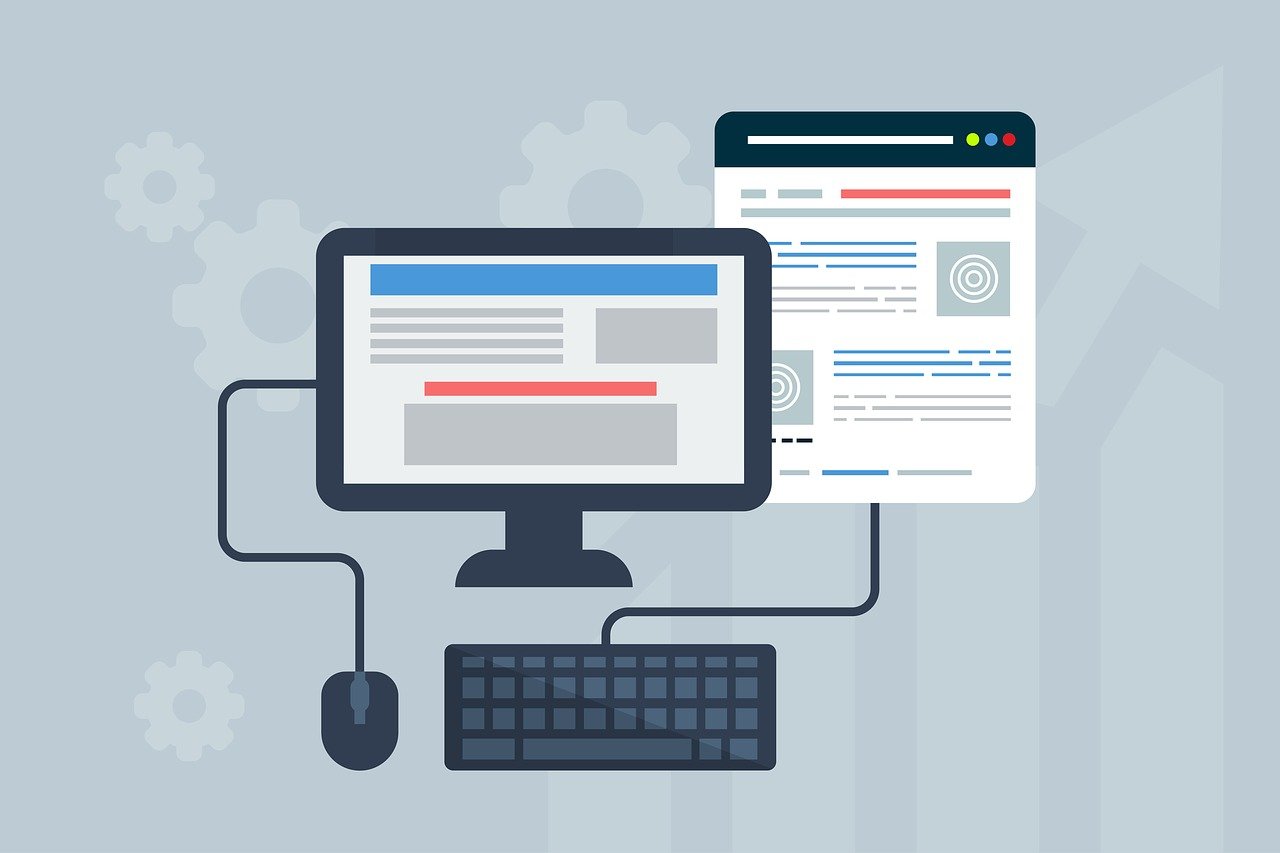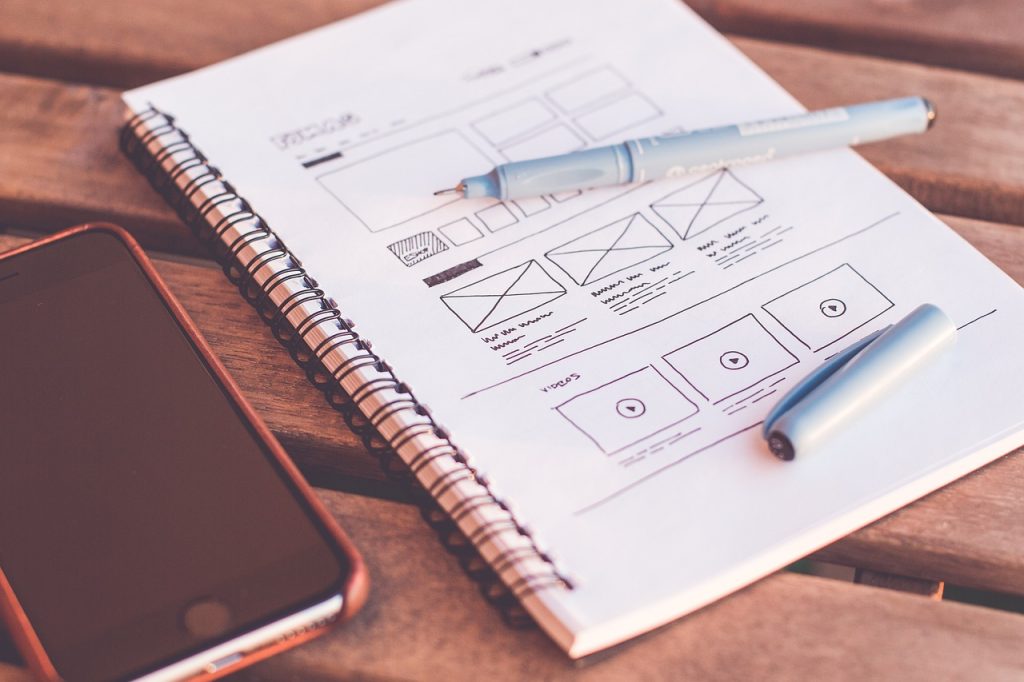
Introduction
In today’s digital age, having a robust online presence is essential for businesses and individuals alike. Whether you’re a small business owner looking to expand your reach or a creative professional showcasing your portfolio, a well-crafted website can be a game-changer. However, one of the most common questions that arise at the start of this journey is: “How long does it really take to build a website?”
Understanding the timeline of website development can help you manage expectations, allocate resources effectively, and ensure a smoother process from concept to launch. This article will guide you through the key stages of website development, providing a realistic timeline and insights into what happens at each phase.
1. Initial Planning and Research
The foundation of any successful website begins with thorough initial planning and research. This stage is crucial as it sets the direction for the entire project and ensures that the final product aligns with your goals and audience needs.

Idea Generation: The first step is to clearly define the purpose and objectives of your website. What do you want to achieve? Whether it’s increasing sales, building a community, or simply providing information, having a clear vision is essential. This stage involves brainstorming sessions, sketching out initial ideas, and discussing potential features and functionalities that will help you reach your goals.
Market Research: Understanding your target audience is vital to creating a website that resonates with them. Conducting market research helps you gather insights into your audience’s preferences, behaviors, and needs. Additionally, analyzing your competitors’ websites can provide valuable information on industry standards and help identify opportunities for differentiation. This research will inform the design, content, and overall strategy of your website.
Timeline: Typically, the initial planning and research phase can take anywhere from 1 to 2 weeks. This duration allows for comprehensive brainstorming, thorough market research, and initial discussions with various stakeholders involved in the website project (such as between vendor and management). Taking the time to plan meticulously at this stage will save you time and effort in the long run, ensuring that the subsequent stages of development proceed smoothly and efficiently.
2. Defining Scope and Requirements
With a clear vision and a solid understanding of your target audience, the next step is to define the scope and requirements of your website. This stage involves detailed planning to ensure that everyone involved in the project is on the same page and that the development process proceeds without unnecessary delays or misunderstandings.

Project Scope: Clearly defining the scope of your website is crucial to avoid scope creep, which can lead to delays and budget overruns. The project scope outlines the website’s purpose, key features, and functionalities. It answers questions such as:
- What pages will the website include?
- What kind of user interactions will it support?
- What third-party integrations are necessary?
Requirements Gathering: Gathering detailed requirements from all stakeholders is essential to ensure that the website meets everyone’s expectations. This process often involves meetings and discussions with stakeholders to collect their input and prioritize features. Creating a detailed requirements document or a project brief can be incredibly helpful in this stage, serving as a reference point throughout the development process.
Timeline: The defining scope and requirements stage typically takes around 1 week. During this time, you’ll work closely with stakeholders to ensure all requirements are documented and agreed upon, setting a clear direction for the design and development phases.
3. Design Phase
Once the scope and requirements are clearly defined, the design phase begins. This stage is where your ideas start to take visual shape, transforming abstract concepts into concrete designs that will guide the development process.

Wireframes and Mockups: The design process often starts with creating wireframes, which are simple black-and-white layouts that outline the basic structure and layout of the website. Wireframes focus on functionality and user experience rather than visual design. Once the wireframes are approved, designers create mockups, which are more detailed and include colors, fonts, images, and other design elements. Mockups provide a realistic preview of what the final website will look like.
Feedback and Revisions: Design is an iterative process, and feedback from stakeholders is crucial to refining the designs. Expect multiple rounds of revisions to ensure that the design aligns with the vision and meets the requirements. This stage involves reviewing the mockups, gathering feedback, and making necessary adjustments to the design.
UI/UX Design: User Interface (UI) and User Experience (UX) design are critical components of the design phase. UI design focuses on the visual aspects of the website, such as colors, typography, and imagery, while UX design focuses on the overall user experience, ensuring that the website is intuitive, easy to navigate, and meets user needs. A well-designed UI/UX can significantly enhance user satisfaction and engagement.
Timeline: The design phase typically takes 2 to 3 weeks. This duration allows for the creation of wireframes, development of detailed mockups, and multiple rounds of feedback and revisions. Taking the time to get the design right is crucial, as it sets the foundation for the development phase and ensures that the final product is visually appealing and user-friendly.
4. Development Phase
With the design finalized, the next step is the development phase, where the website’s visual and functional aspects come to life. This stage involves both front-end and back-end development, ensuring that the website looks great and performs seamlessly.

Front-End Development: This aspect of development focuses on creating the visual elements of the website that users interact with. Using HTML, CSS such as WordPress, and JavaScript, front-end developers build the layout, design, and interactivity outlined in the mockups. They ensure that the website is responsive, meaning it works well on various devices and screen sizes. Special attention is given to loading times and usability to enhance the user experience.
Back-End Development: While the front end deals with what users see, the back end is responsible for the server-side functionality. This includes developing the server, database, and any server-side applications needed to support the website. Back-end developers use languages like Python, Ruby, PHP, or Node.js to create the logic and integrations that power the website. They ensure that the site can handle user requests, store data securely, and operate smoothly.
Content Creation: In parallel with development, content creators work on producing the text, images, videos, and other media that will populate the website. This content must be engaging, SEO-friendly, and aligned with the overall design and purpose of the site. Coordinating content creation with development ensures that everything is ready for integration once the site is built.
Timeline: The development phase typically takes 4 to 6 weeks. This period allows for the intricate work of coding, integrating functionalities, and ensuring that the website performs as intended. Collaboration between front-end and back-end developers is crucial to address any issues that arise and ensure a cohesive final product.
5. Testing and Quality Assurance
Once the development phase is complete, thorough testing and quality assurance are essential to ensure that the website functions correctly and provides a smooth user experience. This stage involves various types of testing to identify and fix any issues before the site goes live.

Testing Types: Different types of testing are conducted to ensure the website’s reliability and performance:
- Functional Testing: Verifies that all features and functionalities work as expected.
- Usability Testing: Ensures the website is user-friendly and easy to navigate.
- Performance Testing: Checks the website’s speed, load times, and overall performance under different conditions.
- Security Testing: Identifies potential vulnerabilities to protect the website from threats.
Bug Fixing and Refinements: During testing, developers will likely identify bugs or issues that need fixing. This stage involves troubleshooting and resolving these issues to ensure a smooth user experience. Developers refine the website based on testing feedback, making necessary adjustments to improve functionality and performance.
User Acceptance Testing (UAT): In this final stage of testing, stakeholders and end-users test the website to ensure it meets their needs and expectations. UAT provides valuable feedback from a user’s perspective, highlighting any final adjustments needed before launch.
Timeline: The testing and quality assurance phase typically takes 1 to 2 weeks. This duration allows for comprehensive testing, identification of issues, and implementation of necessary fixes. Thorough testing ensures that the website is ready for a successful launch, minimizing the risk of post-launch problems.
6. Launch and Post-Launch Activities
The final stage of website development involves launching the site and performing post-launch activities to ensure its success and continued performance.

Deployment: The deployment process involves transferring the website from a development environment to a live server. This step includes setting up the domain, configuring hosting services, and ensuring all functionalities are working correctly in the live environment. A smooth deployment requires careful planning and execution to avoid any disruptions.
Monitoring and Optimization: After the website is live, continuous monitoring is essential to ensure it performs as expected. This involves tracking website metrics such as load times, user behavior, and traffic patterns using tools like Google Analytics. Regular monitoring helps identify any issues that may arise and provides insights into areas that can be optimized.
SEO and Marketing: Post-launch activities also include optimizing the website for search engines (SEO) to improve its visibility and ranking. Implementing effective SEO strategies involves optimizing content, meta tags, and images and ensuring the site’s structure is search-engine-friendly. Additionally, launching marketing campaigns to promote the website and drive traffic is crucial for its success.
Maintenance and Updates: Websites require ongoing maintenance to stay updated and secure. This includes regular software updates, security patches, and content updates to keep the site relevant and functional. Establishing a maintenance plan ensures the website remains in top condition and continues to meet user needs.
Timeline: The launch and initial post-launch activities typically take about 1 week. However, ongoing monitoring, optimization, and maintenance are continuous processes that extend beyond the initial launch period.
Conclusion
Building a website from idea to launch is a multifaceted process that requires careful planning, collaboration, and attention to detail. Understanding the timeline for each stage—from initial planning and research to defining scope, design, development, testing, and launch—helps manage expectations and ensures a smoother journey.
In summary, the total time to develop a website can vary depending on the complexity of the project, but a typical timeline might span 10 to 15 weeks. Each stage plays a crucial role in creating a functional, user-friendly, and visually appealing website that meets your goals and engages your audience. By following a structured approach and allowing adequate time for each phase, you can achieve a successful website launch and lay a strong foundation for ongoing growth and success.
With a clear roadmap and realistic timeline, you’re now ready to embark on your website development journey, transforming your idea into a fully functional and impactful online presence.
What If I Want It Done in Less Than 10-15 Weeks?
If you’re working with a tight deadline and need your website completed in less than the typical 10-15 weeks, it’s certainly possible, but it comes with some considerations:
Express Fees Apply: Accelerating the development process usually requires additional resources and expedited work. This often means higher costs due to the need for more intensive labor and potentially extended hours for our developers (Overtime & Working on Weekend). Be prepared for express fees to accommodate the faster timeline.
Simplicity is Key: To meet a shorter deadline, consider focusing on a simpler, less complicated website. Streamlining the project scope to include only the most essential features and functionalities can significantly reduce development time. A minimalistic approach not only speeds up the process but also allows for a clean, user-friendly design.
Every project is unique, and we’re here to help you achieve your goals within your desired timeframe. Contact us to discuss your specific needs, and we can provide a tailored plan and quote to expedite your website development. Our team will work closely with you to ensure that your website meets your requirements while adhering to a faster timeline.
